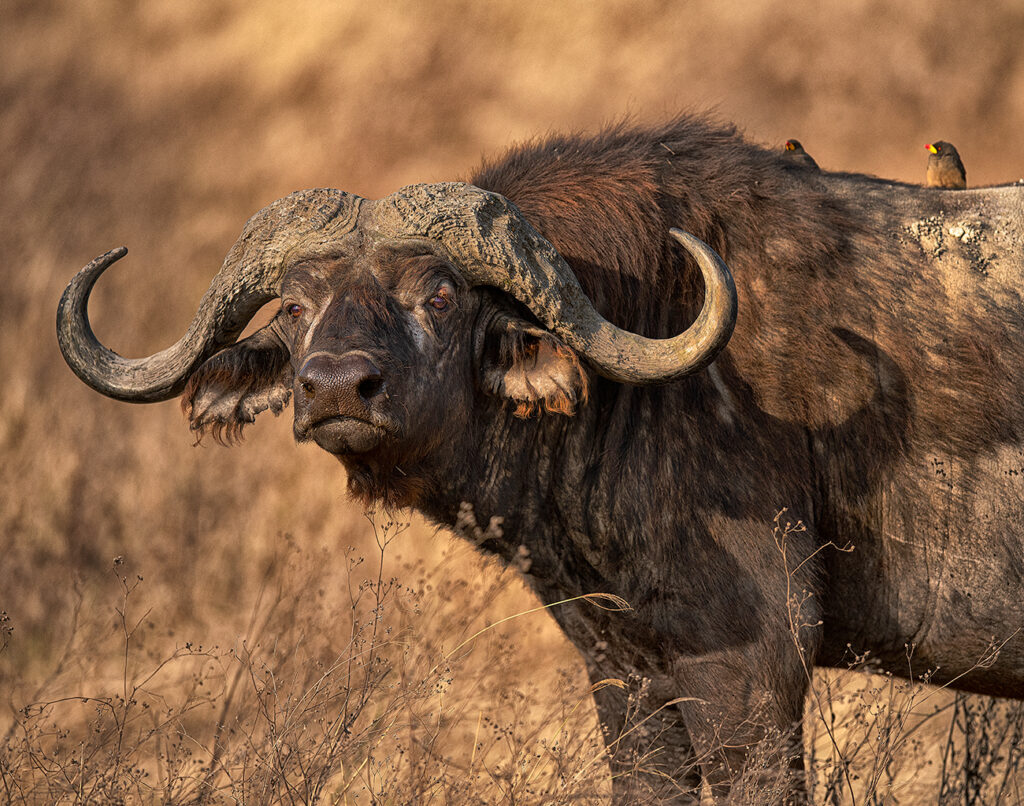Capturing the Wild: How Wildlife Photography Elevates Nature Art to New Heights

Nature has always been a source of inspiration for artists throughout history. From the delicate brushstrokes of Impressionist painters to the detailed realism of botanical drawings, nature art has captivated audiences and invited them to see the world through the eyes of the artist. But in recent years, a particular genre within nature art has gained significant traction—wildlife photography. By combining the technical precision of photography with the creative expression of art, wildlife photography has pushed the boundaries of nature art, creating powerful images that inspire, educate, and spark conservation efforts.
In this blog, we’ll explore how wildlife photography enhances the genre of nature art and why it has become such an influential medium in today’s world.
The Power of Wildlife Photography: Beyond Simple Documentation
At its core, wildlife photography captures moments in the natural world that may otherwise go unseen. Whether it’s the fleeting glimpse of a predator on the hunt or the serene stillness of a bird at sunrise, wildlife photography freezes time and preserves these moments in stunning detail. But wildlife photography is more than just documentation—it’s an art form that tells stories, conveys emotion, and deepens our connection to nature.
One of the key ways wildlife photography elevates nature art is through its ability to evoke emotion. While a painting or drawing can beautifully depict an animal or landscape, photography offers a sense of immediacy and realism that often resonates more strongly with viewers. The raw, unfiltered moments captured in wildlife photography tap into our primal connection with nature, allowing us to feel awe, wonder, and even empathy for the creatures and environments depicted.
Consider an iconic wildlife photograph like Steve Winter’s image of a snow leopard in its natural habitat, or Paul Nicklen’s stunning shots of polar bears in the Arctic. These photographs don’t just show animals; they convey the majesty, fragility, and, sometimes, the desperation of life in the wild. By capturing animals in their natural environment, photographers can showcase the raw beauty and harsh realities of wildlife, creating a form of nature art that stirs the soul and motivates action.
Storytelling Through Wildlife Photography: A Visual Narrative
Another way wildlife photography elevates nature art is through storytelling. Every photograph is an opportunity to tell a story about the subject, the environment, and the photographer’s journey. Wildlife photographers often spend hours, days, or even weeks in the field, waiting for the perfect shot. This patience and dedication give their work a sense of authenticity and depth that goes beyond surface-level beauty.
In many ways, wildlife photography functions as a visual narrative—each image telling a story about the relationship between animals and their ecosystems, the survival challenges they face, or even their behaviors and interactions. A well-composed photograph can communicate the story of an animal’s fight for survival, its role in the ecosystem, or the effects of human encroachment on its habitat.
Take, for example, the work of National Geographic photographer Ami Vitale, who has captured heart-wrenching images of endangered species and the communities working to protect them. Her photographs don’t just show animals—they tell the story of conservation efforts and the delicate balance between wildlife and human populations. Through her lens, viewers gain insight into the interconnectedness of life on Earth and are often inspired to learn more about the conservation issues her images highlight.
The Artistic and Technical Aspects of Wildlife Photography
Wildlife photography, like any form of art, requires a combination of technical skill and artistic vision. A wildlife photographer must have a deep understanding of the technical aspects of photography—light, composition, shutter speed, and depth of field—all while working in unpredictable and often challenging environments. Wildlife photographers must also have an intimate knowledge of their subjects, understanding animal behavior and habitats to anticipate the perfect moment for a shot.
This blending of technical skill and artistic intuition is what makes wildlife photography such a powerful form of nature art. A great wildlife photograph isn’t just a lucky snapshot; it’s the result of careful planning, preparation, and a deep connection to the natural world.
Composition is one of the most important artistic elements in wildlife photography. A well-composed photograph draws the viewer’s eye to the subject, creating a sense of balance and harmony in the image. Wildlife photographers often use the rule of thirds, leading lines, and framing techniques to create visually compelling shots that capture the beauty of their subjects while also conveying a deeper narrative.
Lighting is another crucial element. The best wildlife photographers understand how to use natural light to enhance the mood and atmosphere of their images. Early morning and late afternoon, known as the “golden hours,” are often the most sought-after times for wildlife photography due to the soft, warm light that enhances colors and adds depth to the image.
Wildlife Photography as Conservation Art
In recent years, wildlife photography has taken on an increasingly important role in conservation efforts. Photographers like Cristina Mittermeier, Paul Nicklen, and Joel Sartore have used their art to raise awareness about environmental issues and advocate for the protection of endangered species and habitats. Their images not only document the beauty of the natural world but also serve as a call to action, urging viewers to consider their role in protecting the planet.
One of the most influential projects in this regard is Joel Sartore’s “Photo Ark,” a mission to document every species in captivity before they disappear. Through his striking portraits of animals, Sartore has created a visual archive that emphasizes the beauty and diversity of life on Earth while also highlighting the urgent need for conservation. His work is a powerful example of how wildlife photography can transcend traditional nature art to become a tool for environmental activism.
Wildlife photography, with its ability to capture the beauty and fragility of nature, has become an essential part of the conservation movement. By showcasing animals in their natural environments, photographers can bring attention to the threats they face—such as habitat loss, climate change, and poaching—and inspire viewers to take action.
Wildlife Photography and the Modern Audience: Inspiring Connection in a Digital Age
In the digital age, wildlife photography has become more accessible than ever before. Social media platforms like Instagram, Facebook, and Pinterest have given wildlife photographers a global stage to share their work and connect with audiences. The immediacy of digital photography allows viewers to experience the wonders of the natural world from the comfort of their homes, sparking curiosity and fostering a sense of connection to the environment.
This accessibility has helped wildlife photography reach a broader audience and has made it a more integral part of modern nature art. The ability to share images quickly and widely has also amplified the impact of conservation photography, allowing photographers to raise awareness about environmental issues on a global scale.
Moreover, the growing popularity of wildlife photography has inspired more people to take up the camera and explore nature through their own lens. As a result, the line between artist and audience has blurred, with amateur photographers contributing their unique perspectives to the growing body of wildlife art. This democratization of wildlife photography has enriched the genre, introducing new voices and fresh interpretations of nature.
Conclusion: The Art of Capturing the Wild
Wildlife photography has emerged as one of the most compelling forms of nature art in modern times. By blending technical skill with artistic vision, wildlife photographers capture the beauty, complexity, and urgency of the natural world in ways that traditional art forms cannot. Through their images, they tell powerful stories, evoke deep emotions, and inspire viewers to connect with and protect the environment.
As wildlife photography continues to evolve and reach new audiences, it plays an ever-growing role in both the art world and the conservation movement. Whether viewed as stunning works of nature art or as calls to action for environmental protection, wildlife photographs have the power to elevate our appreciation of the wild and remind us of our shared responsibility to safeguard it for future generations.
